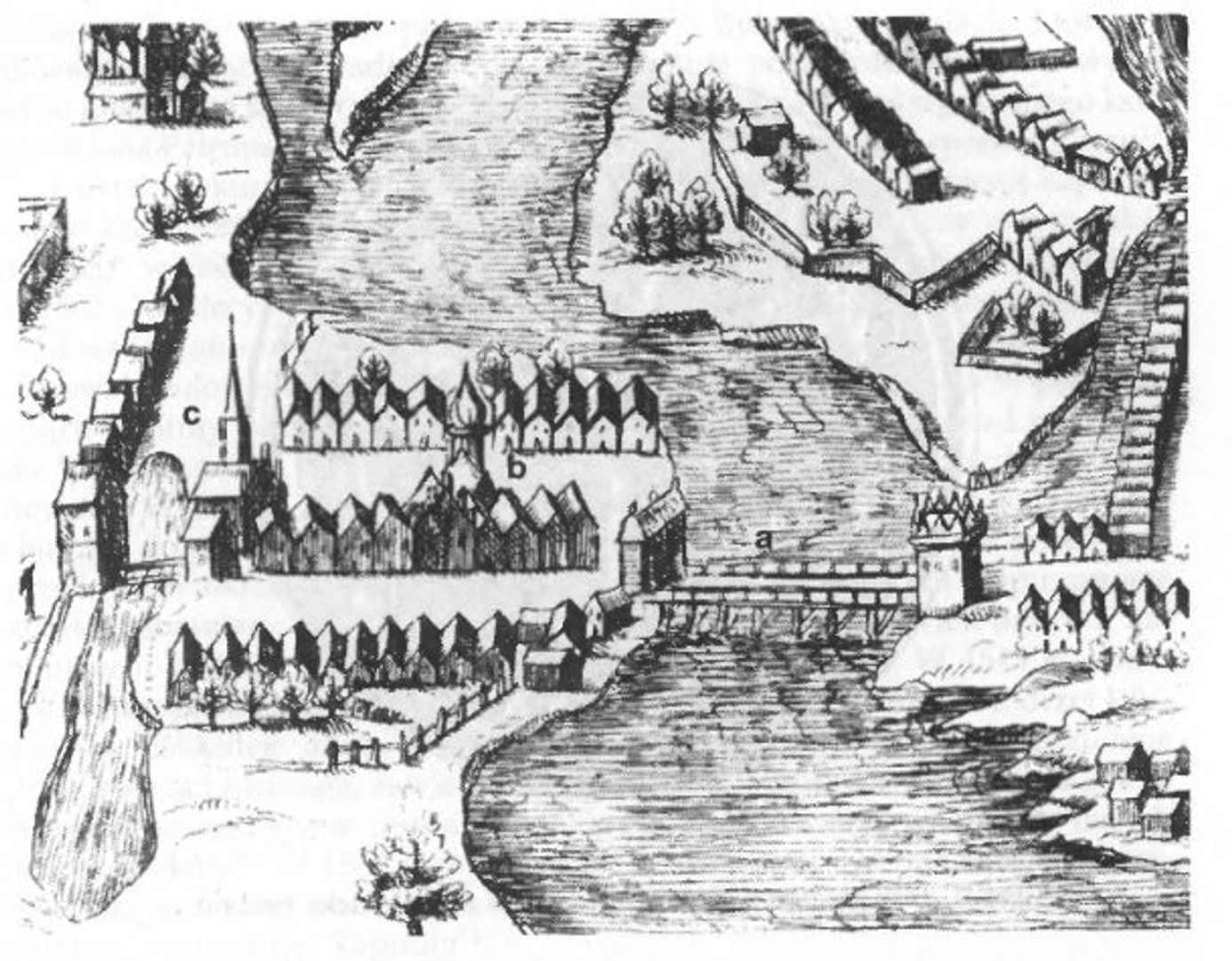Chwaliszewo
6.31

Overview
Chwaliszewo is a historic district of Poznań that, since the 13th century, was a separate town considered the property of the Poznań cathedral chapter. Located between the Warta River and the Garbary district, it was an independent town with its own government from 1444 to 1800. Craft guilds and regular fairs contributed to the development of the local economy. Chwaliszewo was known as the "Venice of Poznań" due to its location on an island. A notable event in the district's history occurred in 1511, when a woman accused of witchcraft was burned at the stake—the first known case of its kind in Poland. Modern-day Chwaliszewo is undergoing revitalization, resulting in the construction of luxury residential complexes and plans for the development of the Warta riverbank. The district attracts attention due to its rich architectural heritage, including destroyed but rebuilt tenement houses. Today, the area is served by public transportation and cultural institutions such as the Raczyński Library. The Golden Cross, a crucifix marking the site of the former Chwaliszewo Bridge, is also located here. Events involving Russians, such as an incident with Tsar Nicholas I that could be interpreted as an assassination attempt, also hold significance in Chwaliszewo's history. Despite a historical decline in importance, Chwaliszewo aspires to redevelop as an attractive part of Poznań.
Location
Tickets
Powered by GetYourGuide
2025 Wizytor | All Rights Reserved